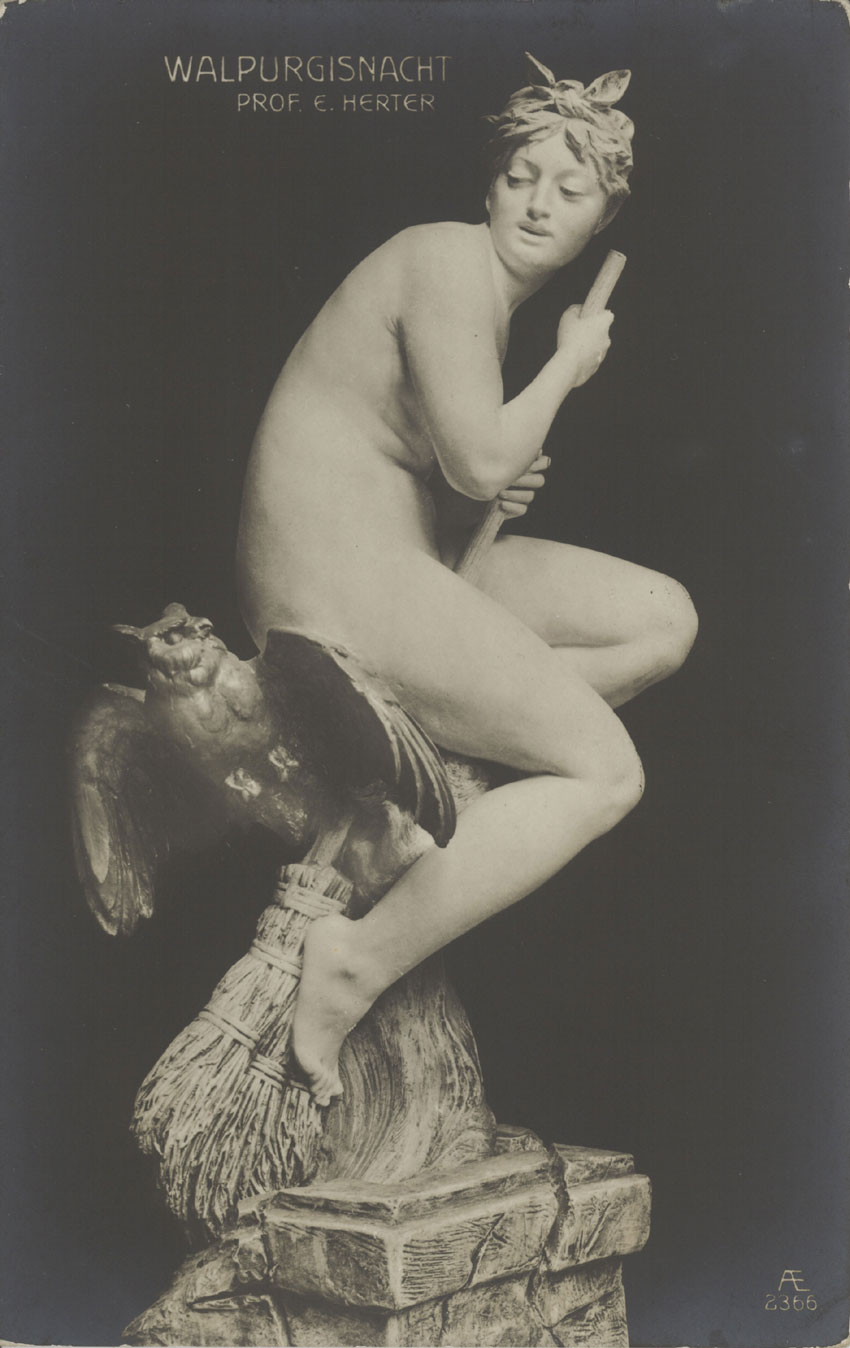
The Edmonton May Week Labour Arts Festival brings together the labour movement, workers and artists to celebrate the achievements of people’s struggles for social and economic justice through visual arts, music, film, poetry and theatre. Through the many artistic disciplines of the festival, May Week provides people with the information, education and inspiration to make positive change in our local and global communities.
The May Week festival is built around May Day (May 1st), which is recognized as the International Workers’ Holiday, chosen over 100 years ago to commemorate the struggles and gains of workers and the Labour Movement. May 1st is also a significant date in the fight for the eight-hour workday, and is tied to the infamous Haymarket Tragedy. May Day is important not only for its historical significance, but also as a time to organize and speak out around issues that are impacting working-class people today.
Monday, April 30, 2007
Global Visions Film Festival
Time: 7:00 pm
May Week teams up with the Global Visions Film Festival to bring you an evening of short labour films, featuring the Canadian release of “Mother Jones: Americas Most Dangerous Woman”. Directed by Laura Vasquez and Rosemary Feurer, this short documentary celebrates the life and times of this revolutionary labour organizer and activist.
Also showing by the same directors is Lockout 484, which profiles the 2005 struggle of workers in Meredosia, Illinois, against a global conglomerate, the Celanese Corporation. Workers were locked out when they refused to take 33% wage cuts and eliminate whole divisions. The film illustrates their belief in and commitment to the union, and the effect of the lockout on their community.
Sponsored by Chivers Carpenter Lawyers.
Event Location: Metro Theater, Zeidler Hall - main floor of the Citadel Theatre Complex (9828-101A Avenue)
Event Admission: $10
Tuesday, May 01, 2007
May Day March
Time: 5:30 pm
May 1st is a day chosen by workers to acknowledge the struggles and celebrate the gains workers have made throughout history. Each year, workers around the world take to the streets to let the bosses, corporations and governments know that workers will continue to fight for fairness, justice and respect in the workplace as well as celebrate our well-fought gains. Join us!
Gather at 5:30pm at Tipton Park (108 St. and 81 Ave), march via Whyte Avenue to End of Steel park (look for caboose near Saskatchewan Drive and 87 Avenue).
Rally at End of Steel Park to follow the march, featuring the performances of Guy Smith, Notre Dame des Bananes, Lex and the People's Poets!
Event Location: Gather at 5:30pm at Tipton Park (108 St. and 81 Ave). Rally at End of Steel Park at 6:30pm.
Wednesday, May 02, 2007
IWW Panel and Pub Night
Time: 6:30 pm
 Solidarity Unionism: Theory and Practice. A Tale from a New York Barista.
Solidarity Unionism: Theory and Practice. A Tale from a New York Barista.
Join the Industrial Workers of the World for an evening of drinks and dialogue. This discussion will feature a short film on the IWW Starbucks Barista Union, highlighting the history of their New York drive, as well as a Starbucks Organizer from the Big Apple. Along with this presentation there will be a question and answer session, discussing solidarity unionism and other non-traditional organizing methods. Anyone interested in the current state of labour organizing is encouraged to attend.
Event Location: The Underdog (The basement of the Black Dog), 10425 - 82 Ave.
More Information: Edmonton IWW
Thursday, May 03, 2007
Accessing Justice Panel
Time: 6:30 pm
Do you know your rights?
Panelists from various organizations will speak on the resources and services they provide:
Edmonton Centre for Equal Justice - Offers free legal information, advice and representation for people living with low income in the Edmonton area.
Alberta Union of Provincial Employees - You can take an important step toward protecting your job security and enhancing your dignity on the job through workplace organizing.
Action for Healthy Communities - Fostering citizenship participation to improve community health and well being in central Edmonton.
Event Location: Edmonton Mennonite Centre for Newcomers, #101, 10010 - 107 A Avenue
Friday, May 04, 2007
Anarchist Bookfair Collective Panel and Discussion - the Radical History of May Day
Time: 6:30 pm
From the anarchist-organized events surrounding May 1st, 1886, such as the Haymarket Massacre, to the Worker's Revolt of 1919, to the May Day celebrations and marches of today, anarchists and the radical working class have played a vital role in May Day.
Join the Edmonton Anarchist Bookfair Collective for a discussion of the radical history of May Day.
You can also visit their blog.
Event Location: Remedy Cafe, 8631-109 Street, upstairs
SEE:
MayDayFind blog posts, photos, events and more off-site about:
anarchy, anarchism, Edmonton, Alberta, Canada, historyworkers, injuries, assault, crime, work, labour, labor, May Week Labour Arts Festival, Redmonton, service workers, Canada, May Day, MayDay, May Week, Edmonton, unions, Alberta







